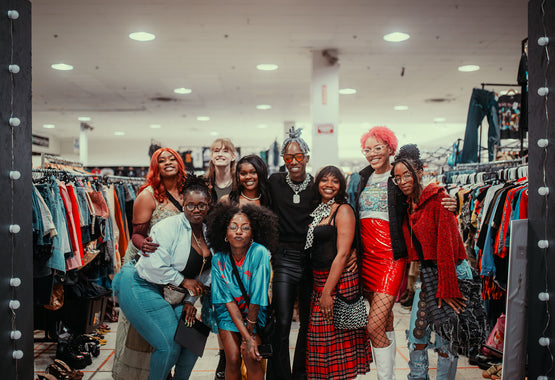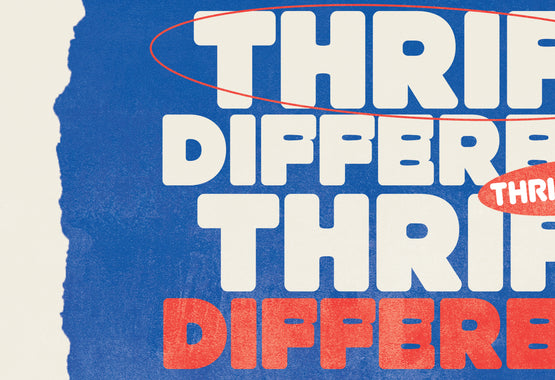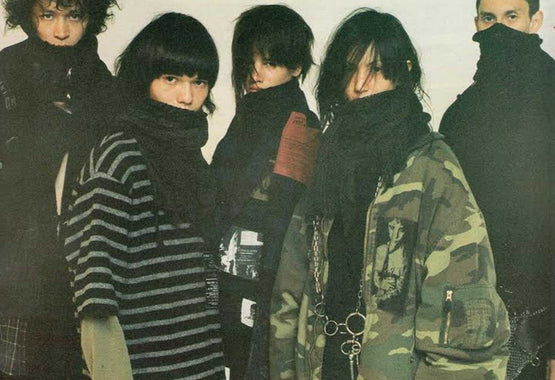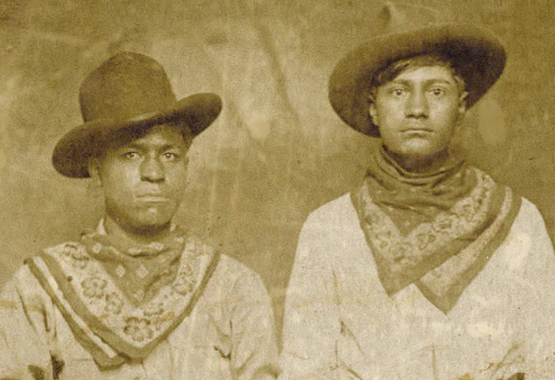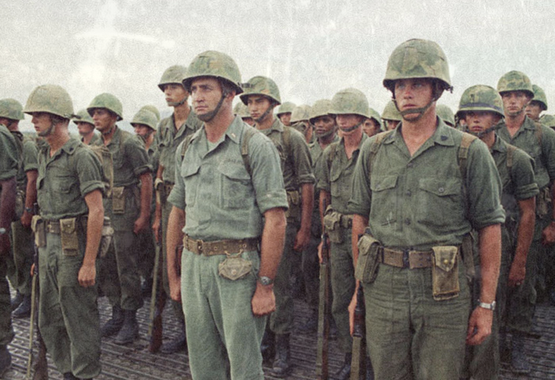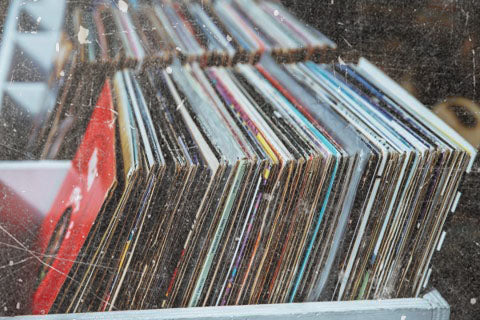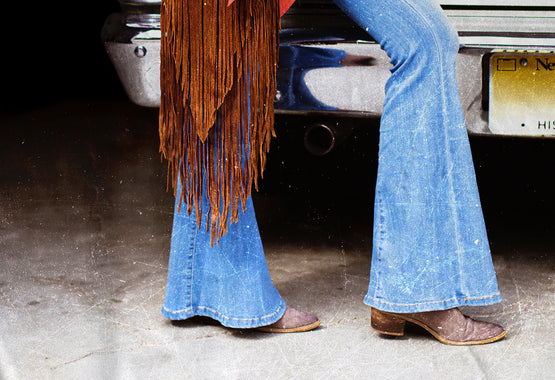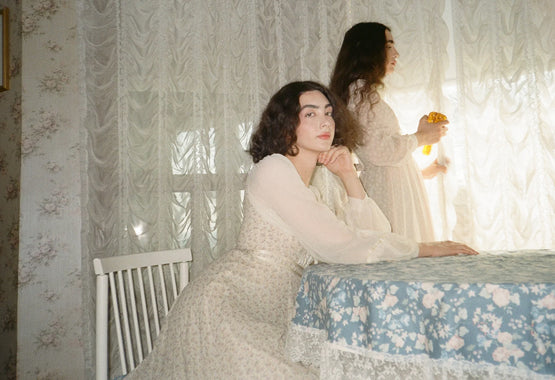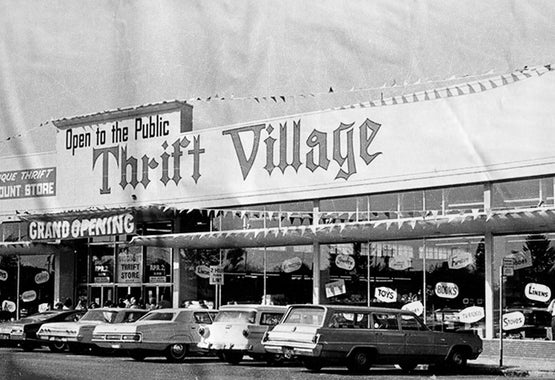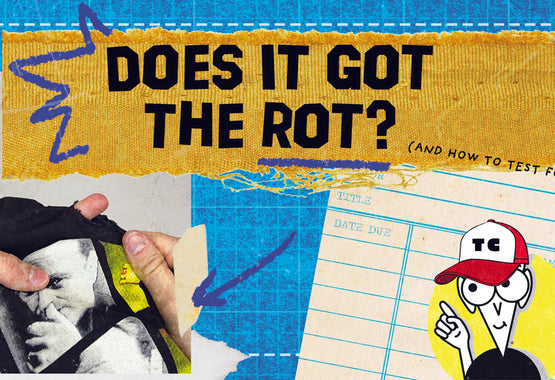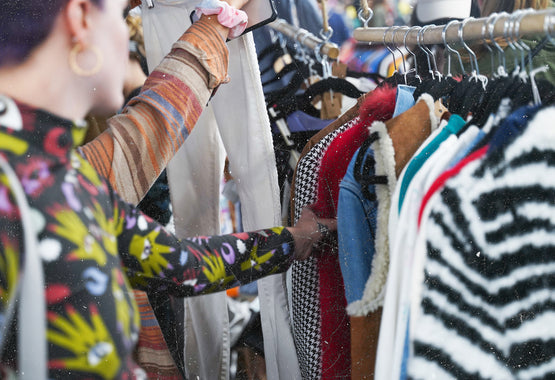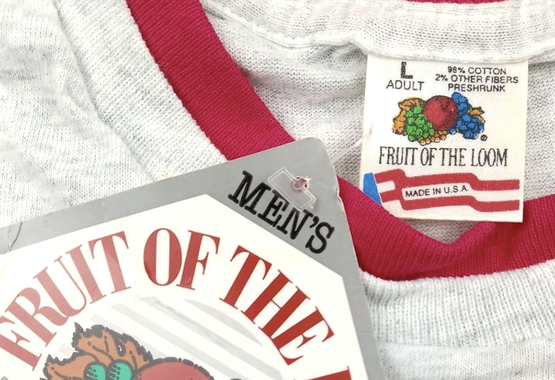How the '92 Lithuania Basketball x Grateful Dead tee came to be


Let’s be honest, for the several dozen people who watched the opening ceremony of the 2022 Beijing Olympics, it was a terrifying sight to see China’s President Xi cuddling up to Vladimir Putin mere days before Russia’s attack on Ukraine. It was a somber reminder that assholes still rule the world and we’re only one broken thought process away from tragedy no matter what corner of the world you’re from.
Yet through it all, the spirit of the games persevered. And though they’re far less potent than they once were, the participants themselves gave at least a small glimmer of hope to a world removed from the nonsense. It’s a spirit carried on through decades of historic wins: the 1980 U.S. Hockey team (who beat the Soviets), wrestler Rulon Gardner (who beat an undefeated Russian) and the 1992 Lithuanian Basketball team … a major underdog which, you guessed it, beat the former Soviet Union for a bronze medal finish in 1992.
Lithuania, a team that wouldn’t have even existed if not for the generosity of The Grateful Dead.
Say what now!?

[Image via "The Other Dream Team" / YouTube]
The story begins well before the iconic 1992 podium photos were taken of several lanky white dudes, arms raised, in tie dye fits. You see, Russia’s aggressive style of geopolitical bullying didn’t birth itself out of thin air. Putin is said to have been heavily influenced by a now defunct conglomerate of land masses known as the USSR, which captured Lithuania as its own years earlier. Putin’s recent attack on Ukraine is basically him trying to build back that rule to what it was several decades ago.
Lithuania’s spot in all of this is, quite literally, hundreds of years in the making. It’s far too much to get into here though. Just know, Lithuania didn’t have any shred of independence from various warmongers from about the late 1800s until 1990 — absolutely thrashed from almost a hundred years of oppression and imperialist rule.
This is all explained quite well in a documentary titled “The Other Dream Team,” directed by Marius A. Markevicuis. It says that, because of Lithuania’s political position at the time, athletes were often made to compete under the Soviet flag. The Lithuanian talent on the team ensured a good walloping of the U.S. in 1988 during the Seoul, South Korea games. The U.S. team then was led by young burgeoning superstars David Robinson, Danny Manning and Mitch Richmond — not yet signed to a professional NBA team.
The Soviets went on to win handily because of the basketball talent Lithuania produced even then. It actually had four Lithuanians, who reluctantly stood on the top of the winners podium under the flag of its longtime oppressors when gold was won in ‘88.
The defeat was so embarrassing to America that shortly thereafter the U.S. Olympic Committee began to allow professionals to compete in the Olympics. It’s no coincidence that four years later, The Dream Team came to be the most dominating force in Olympic history.
Yet as the title of the documentary suggests, there were others out there on the court to watch and root for. Sure, Michael Jordan and Larry Bird are legends of the era, but so were Arvydas Sabonis and Sarunas Marciulionis. Rimas Kurtinaitis and Valdemaras Chomicius. Those four made up the core of the Soviet Team in ’88, but then stood proudly in the fight of their lives against those who brought so much pain to their home for so long in '92.
So where do a few guitar playing stoners come into this mix? Great question, here’s your answer.
In 1987, The Grateful Dead released its single “Touch Of Grey” — arguably the single that catapulted the Dead into mainstream psyche because of its unique music video (relentlessly played on MTV) and constant radio play. It introduced a whole new batch of fans to the group, and made the band lots and lots of money.
What the band did with its money back then was quite admirable. Through its Rex Foundation created in 1983, it long funded altruistic endeavors like supporting needs for the homeless, AIDS awareness and building of the arts around the world.
Because of its complete lack of even basic necessities, funding a basketball team only two years after winning independence wasn’t exactly high on the list of Lithuania’s governmental priorities. One of the aforementioned stars was here in America, however, playing for the Golden State Warriors. According to Snopes, starting guard Sarunas Marciulionis just happened upon The Grateful Dead one windy day in the Bay Area. They’d heard of his efforts to raise funds for the team through a newspaper article and agreed to drop them a check for $5,000. More importantly, they agreed to give them a licensing deal to sell Dead imagery on shirts.

[artist Greg Speirs via Wikimedia]
The support didn’t stop there. Somehow New York artist Greg Speirs caught wind of the fundraising efforts and personally designed what is now the iconic Skullman shirts for the games. Using colors of the Lithuanian flag and popular Dead imagery, the shirts were a massive departure from life under Soviet rule.
"After all those years of those Soviet colors (in daily life), nothing but blues and grays," Warriors assistant coach Donnie Nelson said in a 1996 interview, "the guys went nuts for those shirts. They ended up wearing them to bed, to practice, everywhere."
Even though tie die has a history going as far back as 6th century China and Japan, its current incarnation is most remembered as a staple of 1960s Americana. The hippie generation. Stoned folk. It was used as a way to differentiate oneself from social norms and convention. So for the Lithuanians to wear a design like that, it was a bold depiction of freedom from Soviet control even before beating the team 82 to 78 in the historical upset.
Utilizing the stage, the 12 members of the team stood on the podium and asserted freedom. It’s why the Skullman t-shirt is so remarkable. A rare, physical piece of world history far removed by time, but so close to the realities that still persist.
Vienybė težydi — Let unity flourish.

[Lithuania winning the Bronze Medal via Mike Powell/Getty Images]
[cover photo whiskeykissboutique via Depop]

